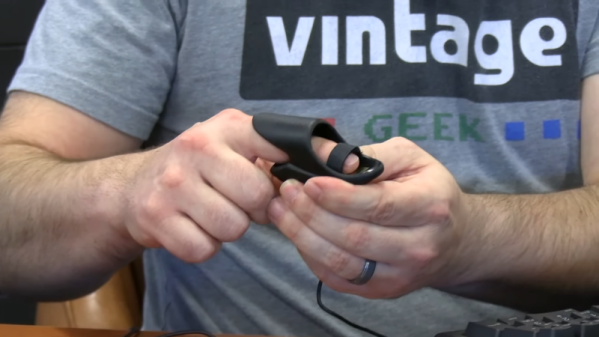If you’re looking for an Open Source computer, good luck. The RISC-V stuff isn’t there yet, and with anything else you’re going to be dealing with NDA’d Intel, AMD, or some other proprietary cruft. System76, however, makes the most big-O Open computer, and they will be announcing a new Open computer called the Thelio next month. It was on display at the Open Hardware Summit, although smartly there were no pictures taken of this box. Liliputing has reported on it, but there are a few things wrong with that speculation. No, it’s not RISC-V. We’re looking at x86 here. It’s a desktop. It has wood (walnut or maple). It doesn’t have enough cold cathode lighting to blind you, but I guess that’s a matter of taste. Everything will be announced in October.
I have a plan in the works to sell snake oil to people. Actually, it’s not snake *oil*, but it is derived from snakes. There are rattlesnake farmers out there, who breed snakes for meat (tastes like chicken!) and their skins for boots. The fascia of the skins is disposed of when this leather is being prepared, and this can be used as the base component of a glue, or something resembling gelatin. It’s basically no different than fish or animal glue, except it’s from snakes. This can be used as one of the ingredients in gummy candy. This is my plan: I’m going to sell snake oil, except it’s really snake-based gummies. They promote digestion and get rid of ions in your body, or something. Better living through snake gummies.
The paragraph you just read is a better business plan than this bit of snake oil. It’s a battery that recharges itself. It’s unclear if it recharges itself over time; if if it just recharges itself automatically, wouldn’t the battery just have more energy in it? It’s hitting all the checkmarks of snake oil too: there are references to Tesla being a ‘forgotten genius’, zero-point energy fields, and a countdown timer to their crowdfunding campaign. This rabbit hole goes deep.
Did you know Hackaday has a Retro Edition, specifically designed for old computers that somehow have web browsers? It’s true! Sometimes, we even add pics of people pulling the Retro Edition up on their ancient devices. [Steven McDonald] wondered if his Blackberry counted. Sure thing! If you can pull up the Retro Edition on your ancient computer, we’ll mention it in the Links post, too. We’re also taking suggestions on how to improve the Retro Edition; I’ll get around to improving it eventually.

















